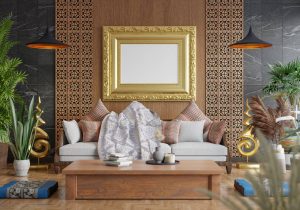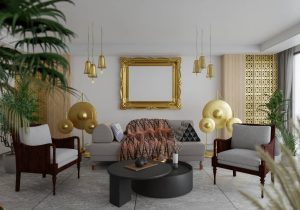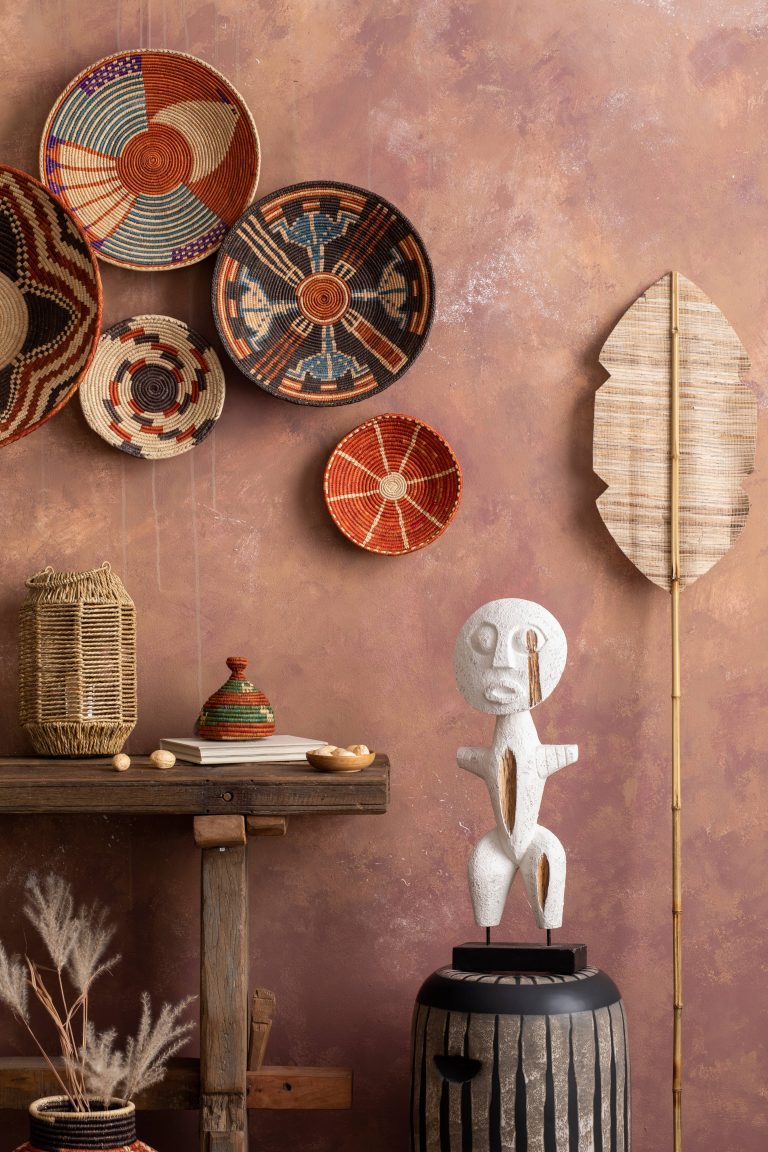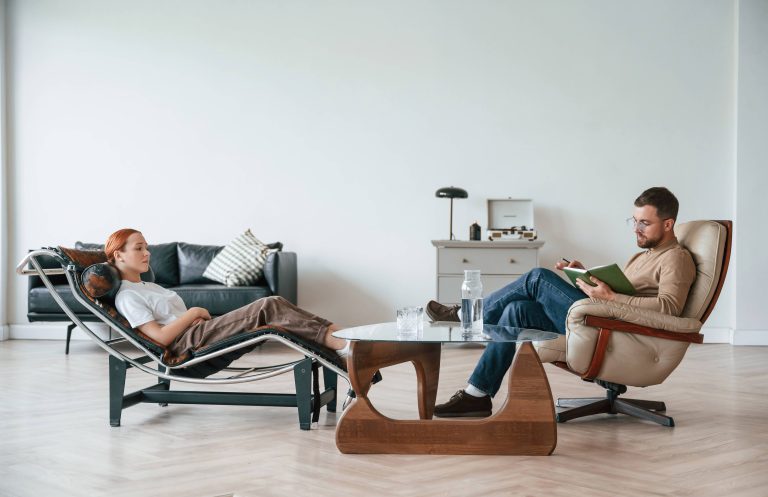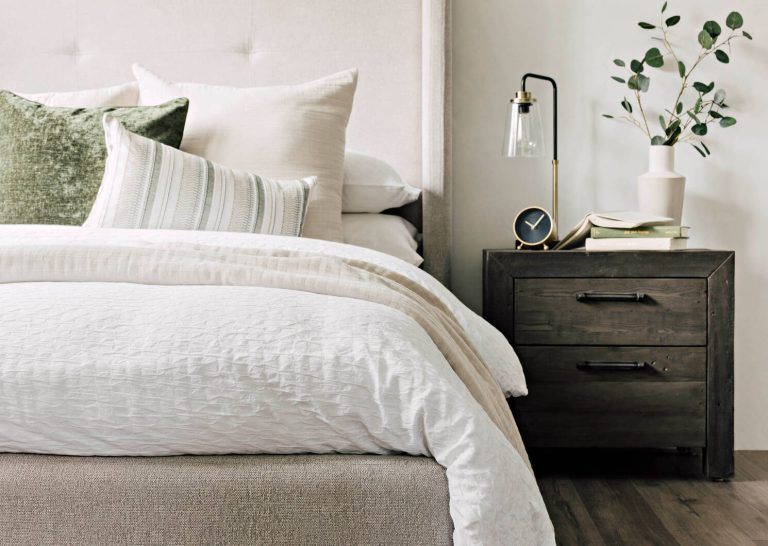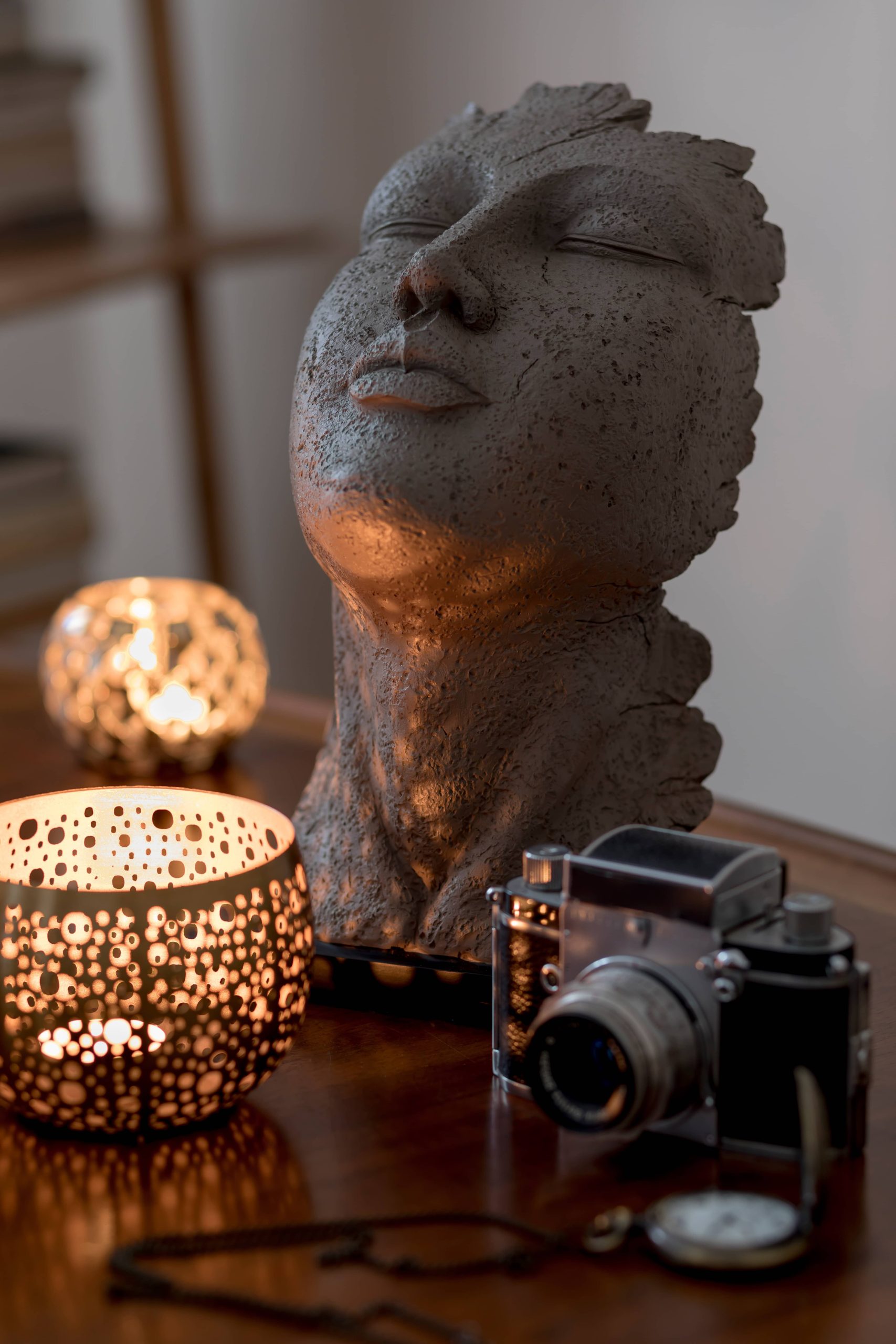
In the world of interior design, achieving balance is key to creating harmonious and aesthetically pleasing spaces. One of the most effective ways to achieve this is through the use of symmetrical design. Symmetry, in its various forms, has a timeless appeal and can bring a sense of order and tranquility to your home. In this blog post, we’ll explore the principles of symmetrical design, its benefits, and how you can incorporate it into your home décor to create balanced and visually appealing interiors.
Understanding Symmetry in Design
Symmetry in design refers to a balanced arrangement of elements in a space so that one side mirrors the other. This equilibrium in visual weight is not only pleasing to the eye but also brings a sense of stability and calm. There are three main types of symmetry often used in interior design:
1. Reflectional Symmetry: This is the classic form of symmetry where one side of the room or design element is a mirror image of the other. Think of a perfectly symmetrical living room with identical sofas facing each other, or a bedroom where matching nightstands and lamps flank either side of the bed.
2. Rotational Symmetry: This type of symmetry involves elements that are arranged around a central point, creating a balanced circular composition. For example, a round dining table with equally spaced chairs achieves rotational symmetry.
3. Translational Symmetry: This occurs when a design is repeated in a regular pattern. A series of evenly spaced columns or repeating geometric motifs on wallpaper exemplify translational symmetry.
The Benefits of Symmetrical Design
The appeal of symmetrical design extends beyond mere aesthetics. Here are some benefits of incorporating symmetry into your home décor:
– Visual Harmony: Symmetry brings a sense of order and balance, which can make a space feel more calming and inviting. This harmony can be particularly beneficial in high-traffic or stressed areas of the home.
– Ease of Decoration: Because symmetrical designs follow a clear structure, it can be simpler to choose and arrange furnishings and décor. This can significantly reduce the decision fatigue that often accompanies home decorating projects.
– Timelessness: Symmetrical designs are classic and not subject to the whims of trends, ensuring that your interiors look appealing and relevant for years to come.
Creating Symmetry in Your Home
Now that we understand what symmetry is and why it’s beneficial, let’s look at some practical ways to incorporate symmetrical design into your home.
1. Choose a Focal Point
Start by identifying a central focal point in the room, such as a fireplace, a large window, or a piece of art. Your symmetrical arrangement will revolve around this element. For example, in a living room, you might position identical sofas on either side of a coffee table, with the fireplace serving as the central anchor.
2. Pair with Purpose
To achieve symmetry, use pairs of furniture or décor items. This can include matching chairs, lamps, or side tables. When arranging these items, ensure that each piece is equidistant from the central focal point to maintain balance.
3. Balance Textures and Colors
While symmetry often emphasizes form, don’t overlook the importance of balancing textures and colors. Use textiles, such as throw pillows or curtains, in matching pairs to reinforce symmetry. Similarly, choosing color palettes that are evenly distributed across the space will enhance the symmetrical effect.
4. Consider Architectural Elements
If your space allows, incorporate architectural symmetry. This might mean installing built-in shelving units on either side of a fireplace or designing a pair of windows to frame a room’s centerpiece. Architectural elements can establish a strong foundation of symmetry around which you can layer additional décor.
5. Incorporate Artwork and Decorative Accessories
Art and accessories offer a more subtle way to introduce symmetry. Hang two matching artworks on either side of a central piece. Use vases or sculptures in pairs to accentuate the symmetry of a mantelpiece or console table.
6. Utilize Symmetrical Layouts
In spaces like dining rooms and bedrooms, symmetrical layouts are particularly effective. A round or rectangular dining table can be surrounded by evenly spaced chairs, while a bed placed centrally with matching nightstands and lamps can create a perfect symmetrical arrangement.
Balancing Symmetry with Asymmetry
While symmetry is a powerful design tool, a space can sometimes become too rigid or predictable if it lacks variation. Introducing elements of asymmetry can add interest and dynamism. Consider asymmetrical elements such as an off-center piece of artwork or a single, bold piece of sculpture to create focal interest within the larger symmetrical layout.
Moreover, asymmetry can be used to address practical considerations, such as incorporating storage solutions or unusual architectural features, without disrupting the overall harmonious feel of the room.
Conclusion
Symmetrical design is an enduring approach that can transform your home into a balanced and inviting retreat. By understanding the principles of symmetry and strategically employing them in your space, you can create interiors that are not only aesthetically pleasing but also functional and comfortable. Whether you’re starting from scratch or refreshing your existing décor, embracing symmetry could be the key to unlocking a harmonious and stylish home environment. So, the next time you embark on a home decorating project, consider how the power of symmetry can help you achieve the perfect balance.



